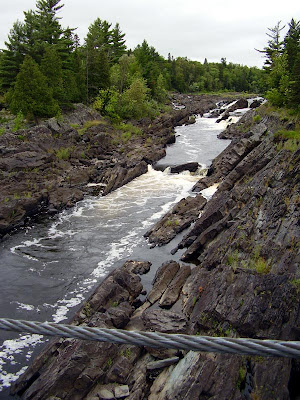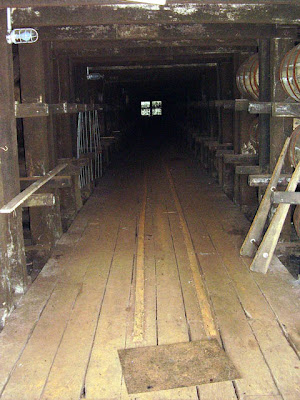One thing Fargo is well know for is the fact that the famous baseball player Roger Maris grew up in the Fargo area. Roger Maris was the first player to break Babe Ruth's single season homerun record of 60. He hit 61 home runs in 1961 while playing for the New York Yankees.
He was born across the border in Minnesota, but his family moved to Fargo where Roger spent his school years. He was active in school sports and later started his professional baseball career by playing for one of the Minnestoa farm teams in Fargo. They have a Roger Maris Museum inside the Fargo Mall. I visited the museum and took some pictures that are below (you can click on many of the pictures below to see a larger version).
There are 61 banners hanging from the ceiling along the edge of the display cases with one banner for each homerun that he hit on the way to the record. The date and location of each of his 61 home runs is displayed on the banners.

They have lots of trophies and memorabilia from Roger's career. Including many of the bats and balls from his many homeruns. Here is a close-up pic of some of the items:
One interesting fact about Roger Maris is that he has still not been selected for membership into the Baseball Hall of Fame. There has been much controversy over the years about this, but so far he has not been selected.
They even had a minature replica of Roger Maris' gravestone (see below). He is buried in a Fargo cemetery

Also, I did a lot of driving around the eastern North Dakota countryside from Fargo up to Grand Forks. It is very flat terrain with many large wide open farm fields. I saw fields of corn, soybeans, and even sunflowers. Some of the fields were so large that you could not even see the other ends of the rows. There were many small towns. Many of them might only have some grain silos, a store, and about 10 houses.
There are many native American Indian tribes in the area. Some of the town names are old Indian names too. Here is a picture of one of the state road signs that showed a picture of an Indian chief along with the road number.


















































